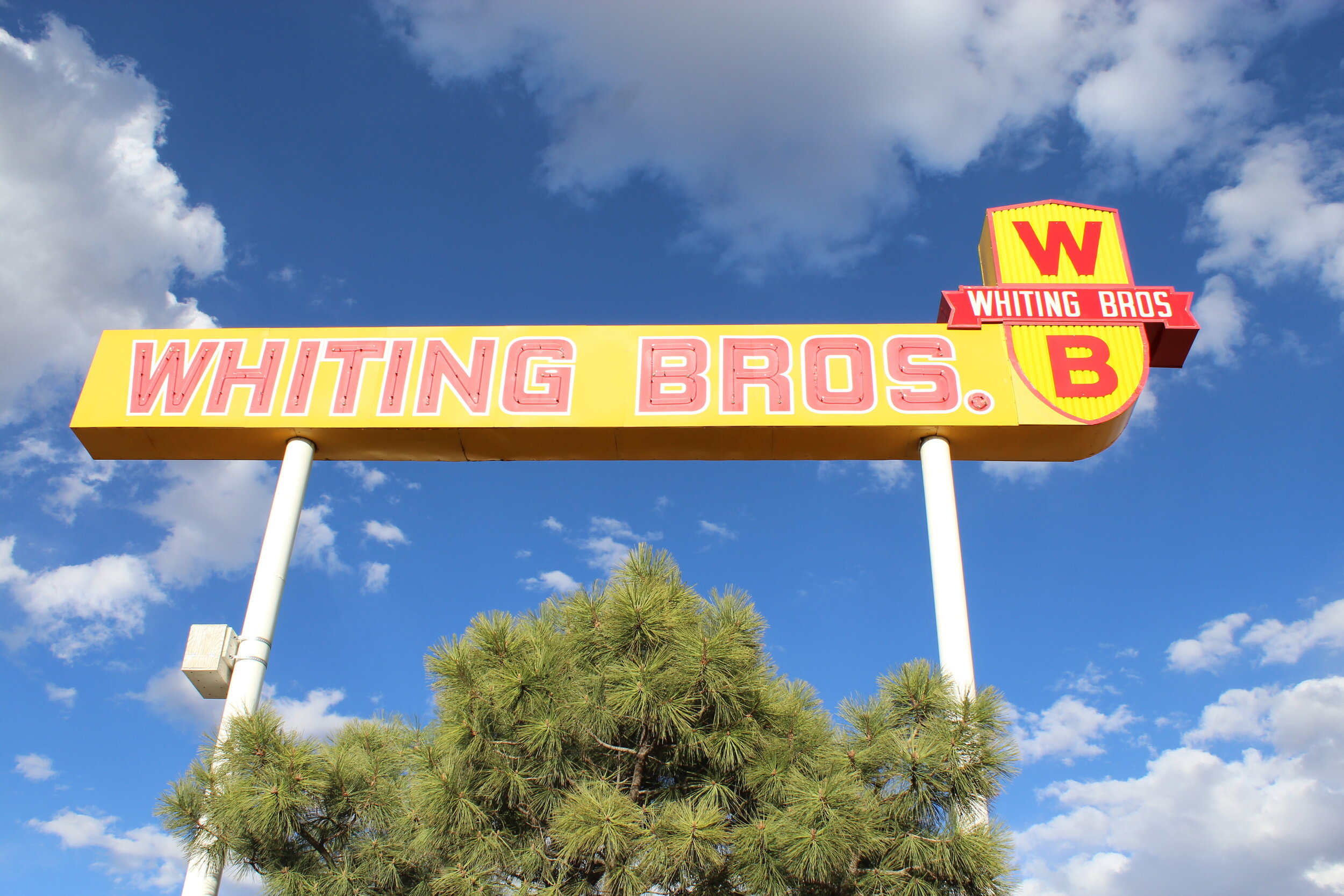This will always be my favorite. I’ve driven it three times, at three different times of my life, and it never fails to disappoint. Yes, you have to make your way carefully over nearly four-dozen one-lane bridges and around more than 600 curves, but that’s part of the road’s charm. It will take you four hours to get to Hana, which might take you an hour if you could take a straight shot. The thing is, you can’t. Besides, Hana Highway is about the best evidence ever that it’s about the journey, not the destination. There’s not really much in Hana, a sleepy town of barely 1,200 people, but along the way you’ll pass through the nation’s only true rain forest. Along the way are gorgeous seasonal waterfalls, eye-popping ocean overlooks, bamboo forests, black sand beaches and lava tubes. Plus, it’s just fun to drive. It’s almost like a roller-coaster: Merchants even sell T-shirts that proclaim you’ve driven the Road to Hana. This one should be on everyone’s bucket list. (For a bonus trip, drive up the crater road to Haleakala, Maui’s extinct volcano. You’ll view the island and surrounding ocean from above the clouds. But take a jacket. It’s cold up there!)
All photos © Stephen H. Provost, 2015-2020












